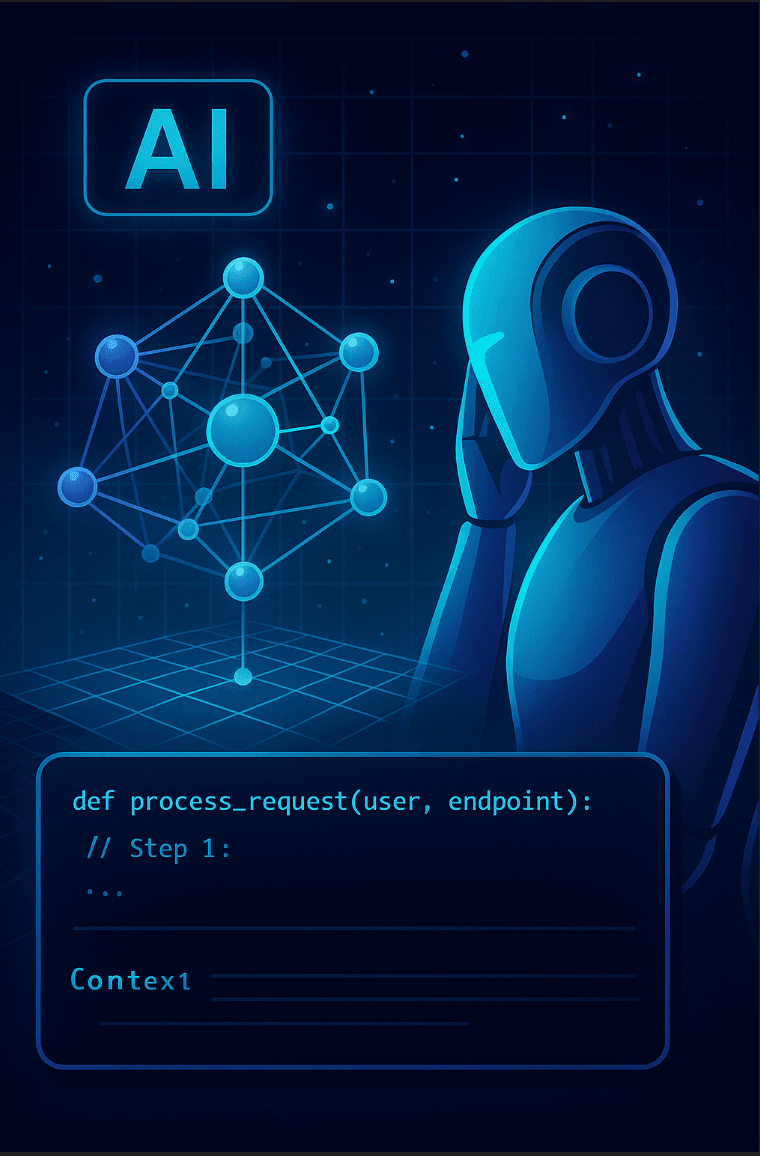AI-Driven “Memory Palace"
Co
Unlocking Code Insight with AI-Driven “Memory Palace”
In today’s fast-paced software world, legacy codebases often become impenetrable labyrinths. New team members spend weeks tracing dependencies, hunting down obscure business rules, and deciphering cryptic comments delaying feature delivery and introducing risk. What if you could transform your entire repository into a living, interactive “memory palace” that explains itself at the click of a button?
The Challenge of Legacy Code
Large, monolithic applications often the backbone of enterprise systems accrue complexity over years or even decades. Key pain points include:
Onboarding Delays: New engineers struggle to grasp system architecture and data flows.
Hidden Dependencies: Changes in one module can ripple unpredictably across others.
Scattered Documentation: Architecture diagrams and design docs rarely match up with evolving source code.
These obstacles not only slow development but also increase the likelihood of defects during refactoring or feature rollouts.
Introducing the AI “Memory Palace”
A Memory Palace is an age-old mnemonic technique: by mentally placing information in a familiar spatial layout, you can recall intricate details effortlessly. In the software realm, we can build a digital equivalent:
Repository Ingestion
Parse source code (classes, methods, packages) and commit history.
Extract documentation—Markdown, UML, OpenAPI specs—into a unified model.
Knowledge Graph Construction
Represent code entities (nodes) and relationships (edges) in a graph database.
Link modules, services, data schemas, and design artifacts into one navigable network.
Interactive Visualization
Render the graph in 2D or 3D (e.g., force-directed or spatial layout), allowing users to pan, zoom, and drill into any code element.
Overlay sequence flows or highlight impacted components after a hypothetical change.
Contextual Q&A
Empower developers to ask natural-language questions like, “What happens when order.create() is invoked?”
Leverage a retrieval-augmented LLM pipeline: retrieve the most relevant code snippets and documentation, then generate a concise, step-by-step narrative.
Live Impact Analysis
When refactoring is proposed such as renaming a method the system automatically traverses the graph to list all affected callers, tests, and data stores.
Present a “safety check” dialog to guide developers before they commit changes.
Key Benefits
Accelerated Onboarding: New team members gain an immediate, holistic view of the system—reducing ramp-up from weeks to hours.
Risk Mitigation: Real-time impact previews and guided change analysis catch hidden dependencies before they break production.
Unified Documentation: By ingesting code and docs into one graph, you eliminate stale or divergent diagrams.
Continuous Discovery: As your codebase evolves, a simple re-ingestion refreshes the map—keeping insights current without manual diagram maintenance.
Getting Started
Pilot on a Small Module: Begin by ingesting a critical service or component and verify that the graph accurately reflects your code and docs.
Build the Q&A Workflow: Integrate a lightweight vector index and LLM to answer simple questions about data flows or method dependencies.
Iterate on Visualization: Deploy a basic 2D graph view, then enhance with 3D or sequence-diagram overlays.
Automate Impact Analysis: Hook into your CI/CD pipeline to run dependency checks on pull requests, preventing regressions early.

Conclusion
An AI-driven “Memory Palace” turns your codebase from an opaque maze into an intuitive, self-documenting ecosystem. By blending graph databases, embeddings, and large-language models, you empower every engineer—new or seasoned—to explore, question, and refactor with confidence. In an era where agility and code quality are paramount, this approach can be the competitive edge your team needs.
